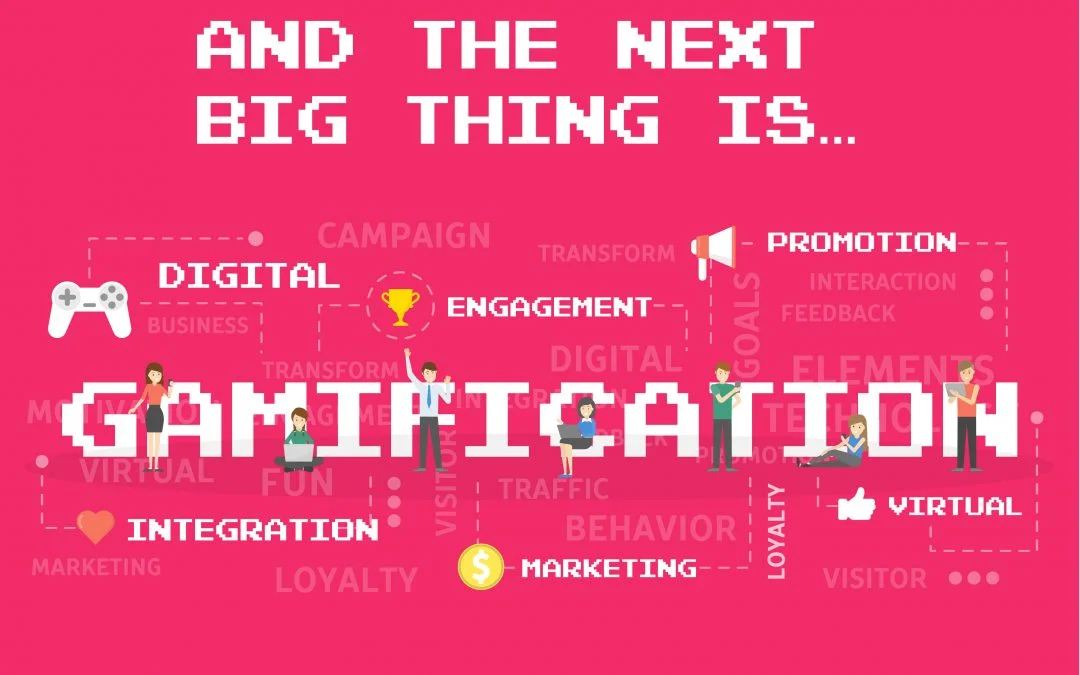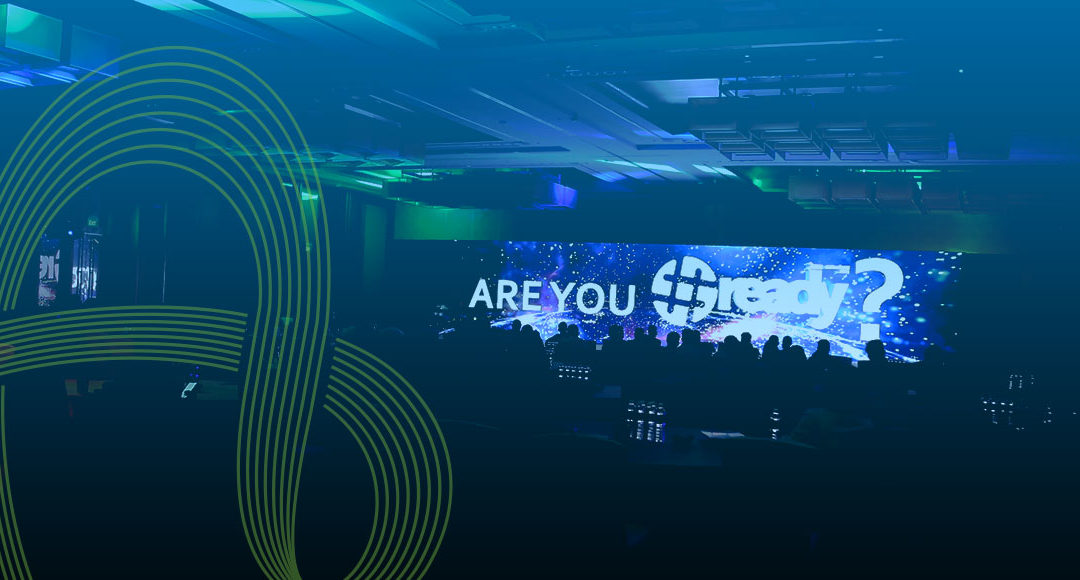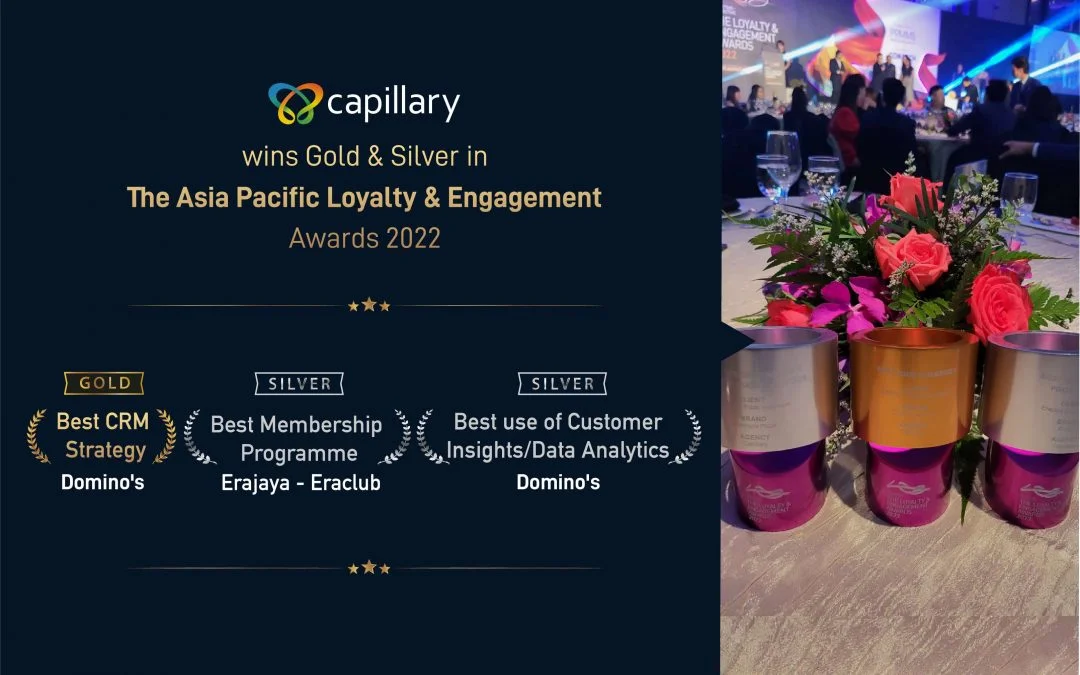- Design industry shaping loyalty programs
- Integrate easily and go live quicker
- Deliver hyper-personalized consumer experiences
Blue Rewards from Al Futtaim Group Shares Loyalty Success Stories and Evolution. Watch Podcast >
Capillary Announces 2nd Annual Captivate 2025 Summit: Transforming Loyalty Management with New AI Tech Read more >

Moving over earn-and-burn, personalization has now become hygiene. In a world where dynamic consumer behavior has become the game changer for brands to set their marketing strategy, gamification strategies in India might just be the secret ingredient that Indian brands should watch out for next.
Coined in 2003, gamification is in its full form these days. While in some countries, the concept of gamification is as amateur as it can be, in the last few years, gamification has moved beyond badges, challenges, and leaderboards. Innovation has been done in this space by some of the leading brands like Nike’s running app, Starbucks, and Duolingo, to name a few. However, most brands remain oblivious to its engagement power. This scenario is more evident in the Indian subcontinent. Is it because of a lack of interest, or are marketers unable to foresee the true potential of gamification strategies in loyalty programs? Or was it Google Play Store’s restricted guidelines on gamified loyalty programs in India last year that refrained brands from indulging in gamification? To some extent, yes.
If we go back to basics, winning and losing are part of a game. Could that be the reason why brands withdraw from the gamification strategy, fearing that only a handful of members would win, potentially disappointing loyal members? The answer is ‘No.’ In fact, lack of engagement might lead otherwise. All games may come to an end, but one cannot debate the irresistible engagement and excitement that gamified rewards can build in a loyalty program. Brands that incorporate gamification strategies in loyalty programs can keep their initiatives engaging, fun, and interactive.
If we go back to basics, winning and losing are part of a game. Could that be the reason why brands withdraw from the gamification strategy, fearing that only a handful of members would win, potentially disappointing loyal members? The answer is ‘No.’ In fact, lack of engagement might lead otherwise. All games may come to an end, but one cannot debate the irresistible engagement and excitement that gamified rewards can build in a loyalty program. Brands that incorporate gamification strategies through robust loyalty softwares can keep their initiatives engaging, fun, and interactive.
It is disheartening to learn that 54% of loyalty memberships are inactive. Knowing what a customer really wants from a brand is an ever-evolving thesis in itself. A gamification strategy would make a difference when the games integrated with a loyalty program can engage their customers like no one’s looking. It is thus vital for brands to segment their customer groups, analyze their shopping behavior, and draw clear insights on how gamification loyalty will hit the bull’s eye for their loyal consumers in the long run. Gamified loyalty programs, however, instantly meet three crucial objectives of any brand. These are stated below:
Of all the customer segments, managing the inactive group is the most challenging one. Having no interaction with customers for an extended period might lead to dropouts. Gamification features like “Spin the Wheel,” prize machines, or quizzes can combat inactivity by encouraging engagement. For instance, Amazon’s Amazon FunZone gamification model introduces engaging games tied to loyalty programs, enticing members to return to the app. Designing exclusive gamified loyalty programs based on customer aspirations and motivations can bridge the gap between inactivity and meaningful interaction. Learn all about gamification in loyalty programs here.
Games are inherently engaging and tap into human psychology by creating a sense of achievement and progress. Consistent engagement through gamification can drive repeat purchases, increased website traffic, and higher brand affinity. For example, Swiggy loyalty gamification campaigns like “Match Day Mania” and ongoing roulette-based games keep subscribers actively engaged, leading to a higher share of wallets.
A well-designed gamification strategy impacts the bottom line. A great example is Moosejaw, a clothing brand that achieved a 560% ROI through gamification. Closer to home, Flipkart Game Zone uses interactive games and SuperCoins to keep users coming back, tying purchases directly to rewards and incentives.
After having relaxed its Play Store policies early this year, Google too aligned with Indian conglomerates and startups for the need to build customer engagement through gamification more than ever before. In India, brands are still opening up to the notion of gamification but following are some of the players who have brilliantly executed this strategy in their loyalty programs.
A subscription-based model with an upfront one-time annual fee offers countless benefits (at preferential pricing) to its members. This loyalty program needs no introduction. But if you think that offering rewards is the only pull for its loyal customer base. Think again. Log in to your Amazon Pay App and unveil some of the most exciting games that members can play, earn, and redeem. They also tie up with new product launches and build exclusive games around such events. If you are someone who has already played some of these games, you would agree that gamification puts you in a recurring loop for at least 15-30 days taking customer engagement to an altogether new level. These games encourage users to revisit the app frequently, earning gamified rewards and fostering a deeper brand affinity.
Swiggy’s “Match Day Mania” has become a hallmark of its gamified loyalty initiatives, especially during major cricket events. In 2023, coinciding with the ICC World Cup, Swiggy reintroduced this campaign, offering enticing meal deals to cricket enthusiasts across India.
A notable feature was the “Pick Your Team” offer, which allowed users to select their favorite cricket team and receive additional discounts on the days their chosen team played. This initiative saw close to half a million registrations in its opening week, underscoring the campaign’s popularity.
During the campaign period from March 31 to May 28, 2023, Swiggy customers enjoyed flat ₹125 off on food orders above ₹249 in major cities, with similar attractive offers in tier 2 and 3 cities. Additionally, users benefited from up to 50% discounts on Instamart during match hours and savings of up to 40% through Swiggy Dineout.
These gamified strategies not only enhanced user engagement but also contributed to a 4.6% month-over-month growth in Swiggy’s monthly active users, reaching 35 million.
By integrating such gamified rewards into its platform, Swiggy effectively capitalized on India’s passion for cricket, fostering customer loyalty and driving significant user interaction during the cricketing season.
E-commerce player Flipkart too introduced the SuperCoins zone that allows its members to play different games and earn rewards simultaneously. A user earn coins on every purchase they make and earn rewards simultaneously.
The brand also has an exclusive Gamezone that enlists some of the most engaging games keeping in sync the Indian consumer behavior and motivations. Recently, Flipkart introduced a daily trivia Bollywood quiz under its games section in the App comprising five questions to be answered before midnight. Many prizes and SuperCoins are up for grabs thereby increasing the probability of winning for its subscribed members.
The gamification market is poised to grow from $12 billion to an impressive $31 billion by 2025, demonstrating the vast potential of this innovative approach. By incorporating gamification strategies, brands can break the monotony of traditional loyalty programs and create engaging experiences that keep customers coming back for more. Whether it’s Amazon FunZone gamification, Swiggy loyalty gamification, or the Flipkart Game Zone, these examples highlight how gamified loyalty programs can drive customer interaction, satisfaction, and retention.
With the right loyalty software, gamification empowers consumers to feel involved, motivated, and rewarded, while brands enjoy higher engagement and increased ROI. With Indian consumers responding positively to gamified rewards, it’s time for more brands to adopt these strategies and capitalize on the growing trend. By integrating well-executed gamification techniques, brands can create loyalty programs that are not only fun but also foster lasting customer relationships, setting the stage for long-term success in the competitive market.
Gamification strategies in India include incorporating games like quizzes, spin-the-wheel, leaderboards, and point-based challenges into loyalty programs to engage customers and encourage repeat interactions.
Gamified rewards provide customers with instant gratification, a sense of achievement, and incentives like discounts or exclusive perks, which boost customer engagement and long-term loyalty.
Examples include Amazon FunZone gamification with interactive games tied to purchases, Swiggy loyalty gamification through cricket-based quizzes and roulettes, and Flipkart Game Zone, where users earn coins and rewards through games and purchases.
Gamification adds a layer of fun and interactivity, helping brands drive higher customer engagement, boost retention rates, and increase ROI by fostering emotional connections with customers.
Industries like e-commerce, food delivery, retail, and entertainment can significantly benefit from gamified loyalty programs by leveraging their ability to captivate and retain customers.

December 24, 2018 | 4 Min Read
Exponential advances in technology, the proliferation of dig

February 11, 2014 | 4 Min Read
At Capillary, we strongly believe that we’re known by the

August 24, 2022 | 4 Min Read
Capillary was adjudicated the winner for its work at the Loy